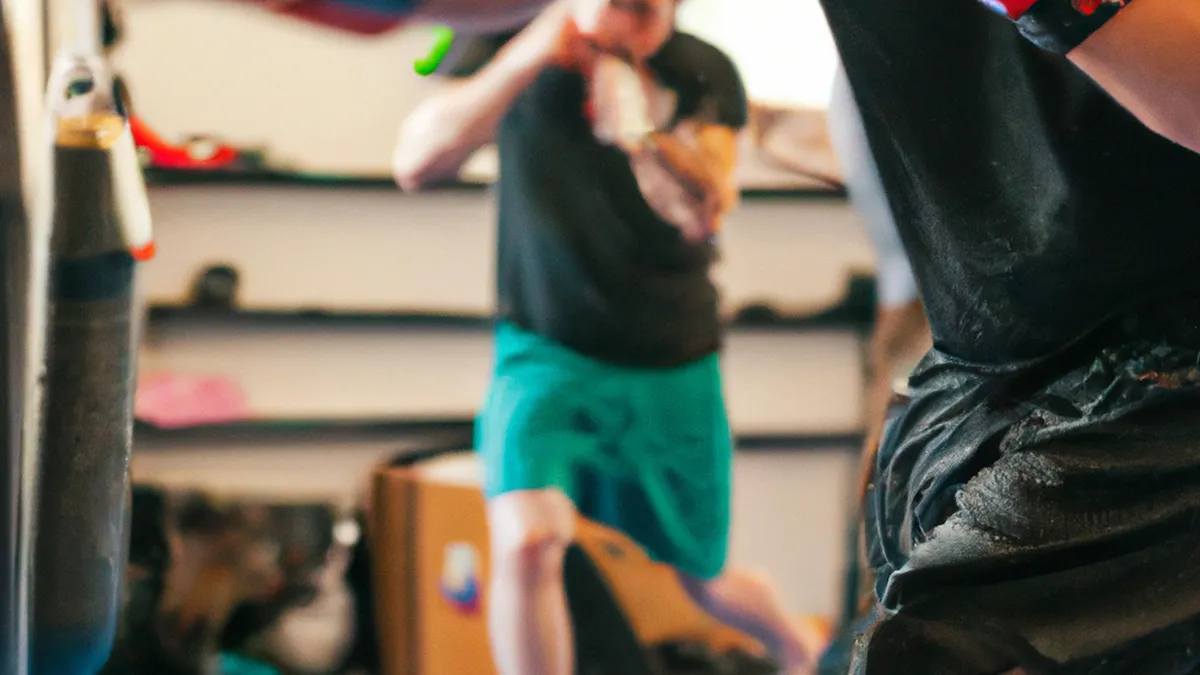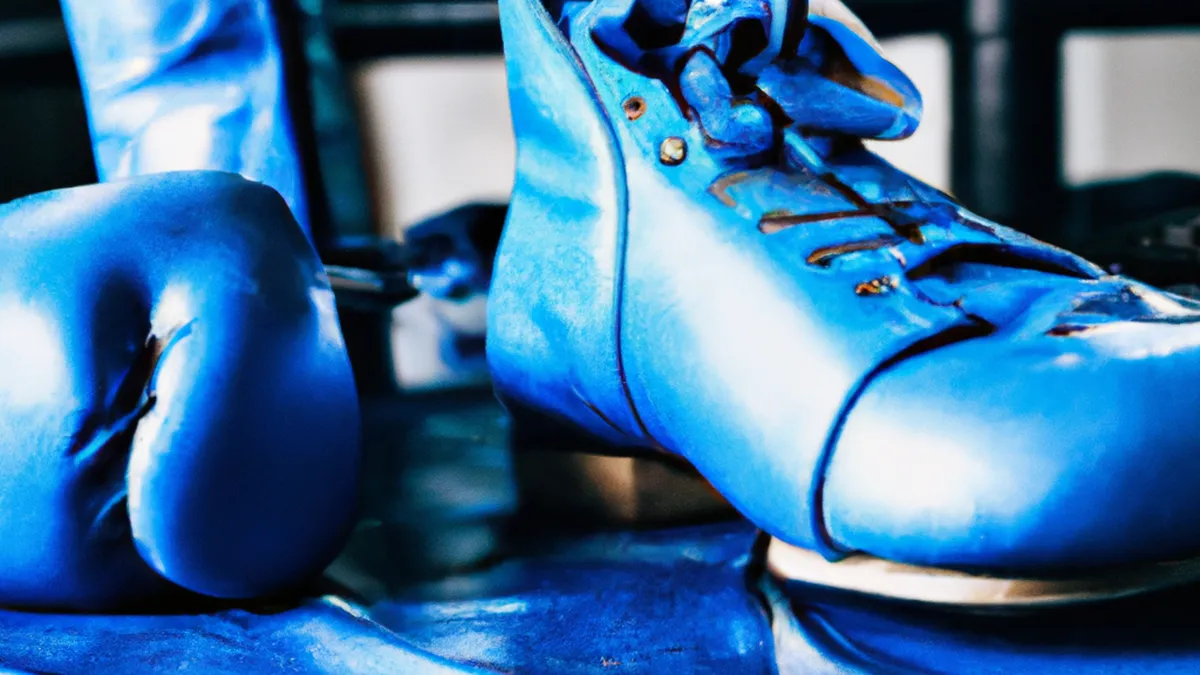Integrating Proprioception into Rehabilitation Programs
The Importance of Proprioception Exercises in Rehabilitation
As an Amazon Associate I earn from qualifying purchases.
Gear tip: consider standing desk balance board, desk cycle and insulated water bottle to support this workout.
Proprioception lets the body sense its position and movement. It plays a crucial role in balance, coordination, and physical performance. During rehabilitation, proprioception exercises help restore function and improve recovery outcomes. This article explores the significance of proprioception and how to incorporate exercises effectively.
Understanding Proprioception
Proprioception enables us to walk, run, and perform simple tasks effortlessly. Our body relies on proprioceptors located in muscles, tendons, and joints. These receptors send signals to the brain about body position and movement. Injuries can disrupt these signals, decreasing balance, coordination, and increasing re-injury risk.
Rehabilitation must focus on rebuilding proprioceptive abilities. Proprioception exercises target the neural pathways involved in balance and spatial awareness. Incorporating these exercises into a rehabilitation program enhances recovery and helps individuals return to daily activities or sports.
The Role of Proprioception in Rehabilitation
Proprioception exercises are vital for individuals recovering from injuries like ankle sprains, knee injuries, or surgeries. These exercises re-establish the connection between the brain and the affected body part. They promote a better understanding of joint position and movement. A compromised proprioceptive system increases the risk of falls and future injuries. Thus, these exercises are crucial for long-term recovery.
Tips for Proprioception Exercises
1. **Start with Simple Exercises**: Begin with basic static balance activities. Practice standing on one leg while holding onto a wall or furniture. Gradually increase the challenge by removing support to rely more on proprioceptive feedback.
2. **Incorporate Dynamic Movements**: Once comfortable with static exercises, introduce dynamic movements. Activities like walking on a balance beam or performing agility drills enhance balance and coordination.
3. **Use Unstable Surfaces**: Incorporate unstable surfaces like balance boards or Bosu balls. Training on these surfaces forces the body to adapt, enhancing proprioception.
4. **Be Consistent**: Aim for regular practice, even for short sessions each day. Consistent training reinforces neural pathways associated with proprioception and leads to better outcomes.
Incorporate Functional Movements
Including functional movements in proprioception training is critical. These exercises mimic everyday activities and challenge the body.
Conclusion
Incorporating proprioception exercises into rehabilitation significantly enhances recovery outcomes and supports long-term physical performance.
Below are related products based on this post:
FAQ
What is proprioception and why is it important in rehabilitation?
Proprioception is the body’s ability to sense its position and movement, which is crucial for balance, coordination, and overall physical performance. In rehabilitation, proprioception exercises help restore these abilities, improve recovery outcomes, and reduce the risk of future injuries by re-establishing the connection between the brain and affected body parts.
What types of exercises can enhance proprioception during rehabilitation?
Proprioception can be enhanced through a variety of exercises, starting with simple static balance activities such as standing on one leg. As individuals progress, they can incorporate dynamic movements like walking on a balance beam and exercises on unstable surfaces like balance boards or Bosu balls to further challenge their proprioceptive abilities.
How often should proprioception exercises be practiced for effective rehabilitation?
Consistency is key in proprioception training. Practicing regularly, even for short sessions each day, reinforces the neural pathways associated with proprioception, leading to better recovery outcomes and improved long-term physical performance.















Post Comment